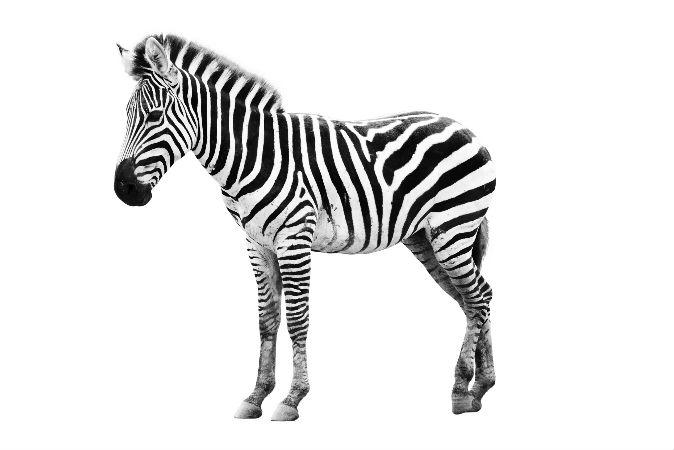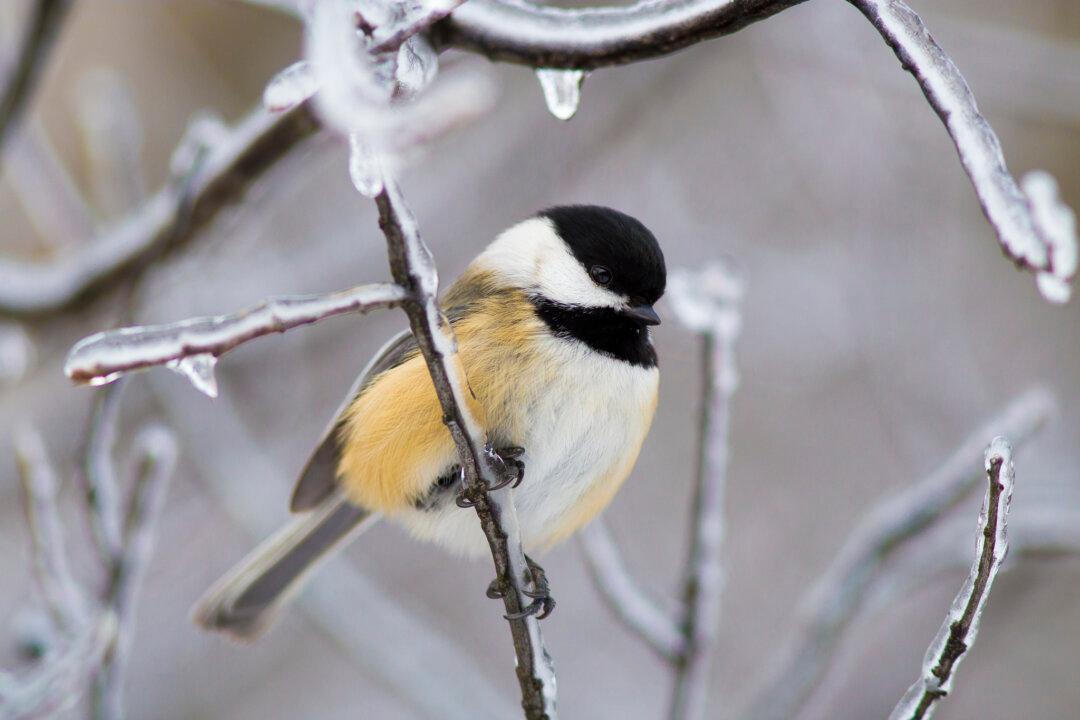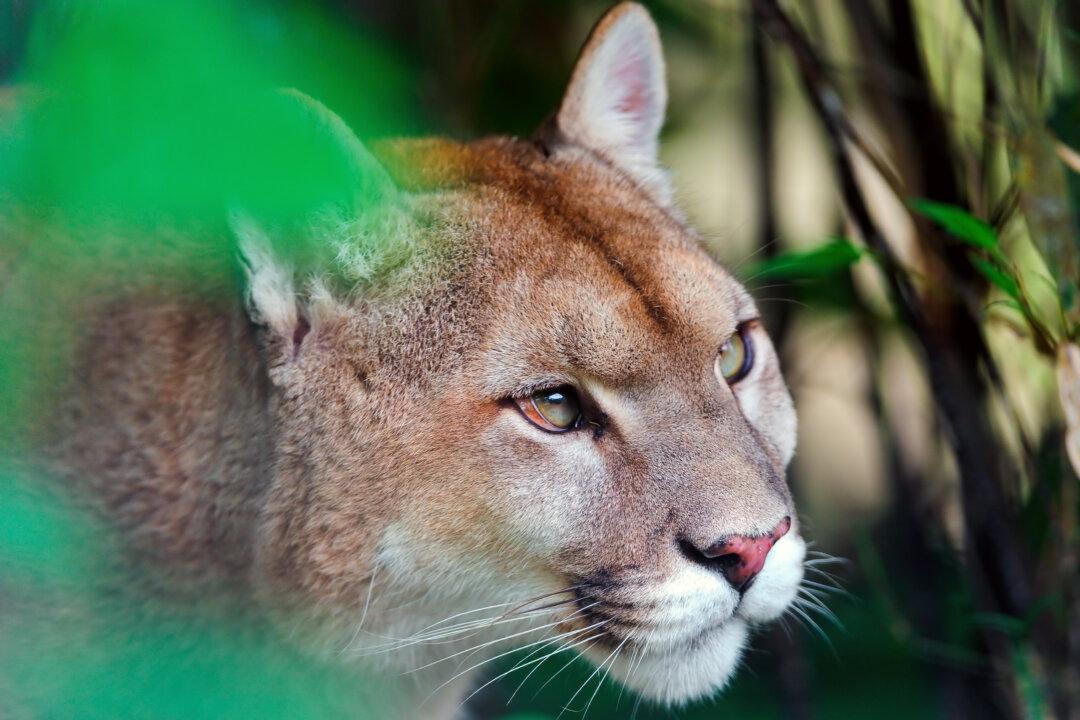Scientists say they’ve uncovered one reason zebras have stripes: they act like insect repellent, keeping away blood-sucking flies.
Experimental work had previously shown that such flies tend to avoid black-and-white striped surfaces, but different hypotheses for zebra stripes have been proposed for decades.
These include:
- A form of camouflage
- Disrupting predatory attack by visually confusing carnivores
- A mechanism of heat management
- Having a social function
- Avoiding ectoparasite attack, such as from biting flies
For a new study published in Nature Communications, researchers mapped the geographic distributions of the seven different species of zebras, horses, and asses, and of their subspecies, noting the thickness, locations, and intensity of their stripes on several parts of their bodies.
The next step was to compare the animals’ geographic ranges with different variables, including woodland areas, ranges of large predators, temperature, and the geographic distribution of glossinid (tsetse flies) and tabanid (horseflies) biting flies. They then examined where the striped animals and these variables overlapped.
After analyzing the five hypotheses, the scientists ruled out all but one: avoiding blood-sucking flies.
“I was amazed by our results,” says lead author Tim Caro, a professor of wildlife biology at University of California, Davis. “Again and again, there was greater striping on areas of the body in those parts of the world where there was more annoyance from biting flies.”
While the distribution of tsetse flies in Africa is well known, the researchers did not have maps of tabanids (horseflies, deer flies). Instead, they mapped locations of the best breeding conditions for tabanids, creating an environmental proxy for their distributions. They found that striping is highly associated with several consecutive months of ideal conditions for tabanid reproduction.
Why would zebras evolve to have stripes when other hooved mammals don’t? Unlike other African hooved mammals living in the same areas as zebras, zebra hair is shorter than the mouthpart length of biting flies, so zebras may be particularly susceptible to annoyance by biting flies.
“No one knew why zebras have such striking coloration,” Caro says. “But solving evolutionary conundrums increases our knowledge of the natural world and may spark greater commitment to conserving it.”
Yet in science, one solved riddle begets another: why do biting flies avoid striped surfaces? Caro says that now that his study has provided ecological validity to the biting fly hypothesis, the evolutionary debate can move from why zebras have stripes to what prevents biting flies from seeing striped surfaces as potential prey, and why zebras are so susceptible to biting fly annoyance.
Other researches from UC Davis and from California State University, Long Beach, are co-authors on the study.
Source: UC Davis
Republished from Futurity.org under Creative Commons license 3.0. Read the original.
[aolvideo src=“http://pshared.5min.com/Scripts/PlayerSeed.js?sid=1759&width=480&height=300&playList=517214453”]




